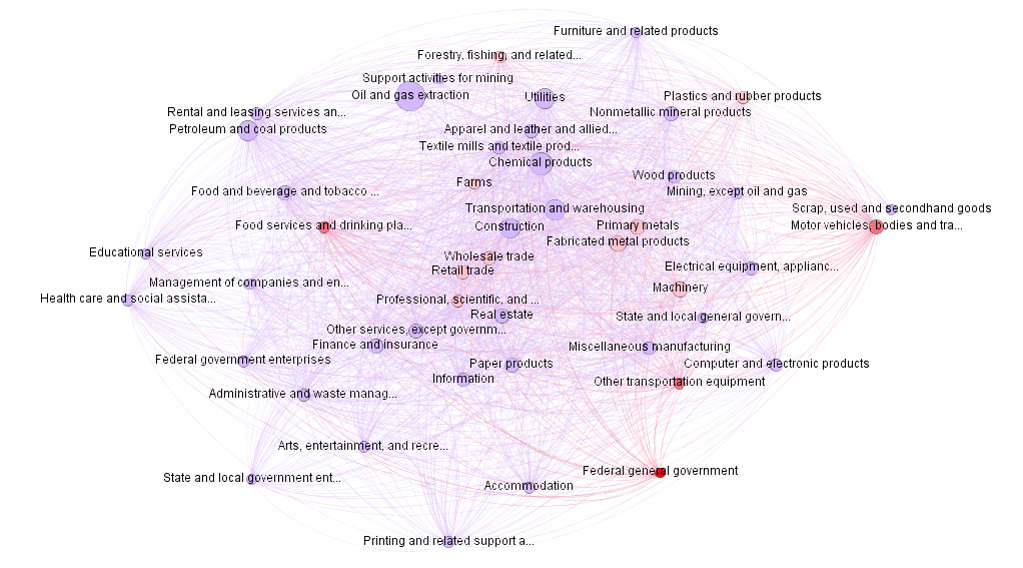Lower savings rate, structurally high unemployment, reversing globalization, over-regulation and volatile energy prices define the future of asset prices and returns. Equities will enter a period of stagnant returns, while interest rates will remain low-negative.
Over the past decade there has been a seismic shift in the willingness, ability and the mandate of investment professionals to have a view. The age of exchange-traded and index funds, algorithmic trading and benchmarks promotes lack of accountability. Some of this is understandable: far too many managers have fallen prey to marketing back-test lines printed on glossy paper promising good returns in any environment.
But when all is said and done, every morning, on the daily basis, our clients “reinvest” billions of euros of public money along some predefined benchmark, algorithm or allocation that is often based on a set of assumptions that have built-in opinions. Indeed, the crucial realisation is that a benchmark or an allocation mechanism, far from representing the market portfolio in the sense of modern portfolio theory, is just a view constructed and expressed by benchmark providers, and no more scientifically sound than a view of the Board of trustees.
As a minimum then, the view that is built into the allocation should be broadly aligned with the reasonable expectations of the managers involved. It is our belief that an institution should maintain and constantly update a sort of repository of core beliefs – a set of assumptions that nearly everyone in the investment team agrees should hold true going forward. This issue of Risk Wire crystallises our in-house collection of views. The key assumptions backed by what plausible arguments are fed into the Graham Risk framework, which then produces a consistent set of buy-and-hold and risk-adjusted return expectations by asset class. Many of these assumptions have been described in detail in our first issue of 2016 Risk Wire, others have been introduced during the year. In this issue we extend these assumptions and arrive at return estimates for all major asset classes, including credits.
Key observations: the world as we see it
In a number of critical ways the environment for all financial assets is going to be considerably different in the future compared to the last three decades. This is largely because of a number of observable social and economic trends. In this issue we have limited our list of “mega-trends” to five without implying that the list is exhaustive.
An important point here is that this is not a long list of things that should generally worry investors. The choice of these factors is an outcome of extensive research, trial and error process of simultaneously estimating asset returns for multiple asset classes; the drivers selected here have a documented, strong and proven impact on returns of one or more key asset classes.
The drivers in no particular order are:
- Aging population saves less
- Structurally high unemployment rates are here to stay
- Reversing globalization
- Changes in regulation severely limit profitability of companies
- Energy prices will recover
It is immediately evident that all of the factors above have a negative flavour. This is not by design: we are on the lookout for any major trend, however, with the global economy struggling to achieve half of the growth rates that were common in the past, it is no surprise that what we find is the evidence of a strong headwind.
Aging population
The trend
Extrapolating today’s demographic trends in Europe and the U.S. a decade forward yields massive changes in the structure of the society. The population grows older and as a result saves less. One of the ways to look at the population age is the number of non-working age people relative to the total population. The ratios change significantly in the next decade.
|
Europe |
US |
| 2014 |
34.1% |
37.7% |
| 2030 |
38.8% |
41.7% |
Why does this matter?
Savings is one of the key drivers of investments in equities. In fact, the savings rate is one of the few macroeconomic variables that is directly and strongly correlated with equity risk premiums.

As you can see the relationship is negative: high savings rate means there is excess capital available to be invested in risky asset classes, so more capital chases limited investment opportunities and drives the price up and the equity risk premium (ERP) – down. The reverse is true too: lower savings rate means that there is smaller pool of capital supporting equity prices. For each percentage point increase in the proportion of non-working population the savings rate declines by 0.4%. In the next 15 years the average savings rate will be ~1% lower, which means ERPs will have to be up to 1% higher.
|
Change in the rate of non-employment age |
Change in savings due to aging |
Change in fair ERP |
| Europe |
2.3% |
-1.0% |
0.9% |
| US |
2.0% |
-0.8% |
0.2% |
The difference between the impact in the U.S. and Europe is due to the higher sensitivity of the ERP to the savings rate in Europe. To see the numbers in Table 2 in perspective, European equities should deliver almost 1% higher cash yields into the future to be fairly priced (in an environment of negative yields!)
Read the complete paper and download tools after registration…














